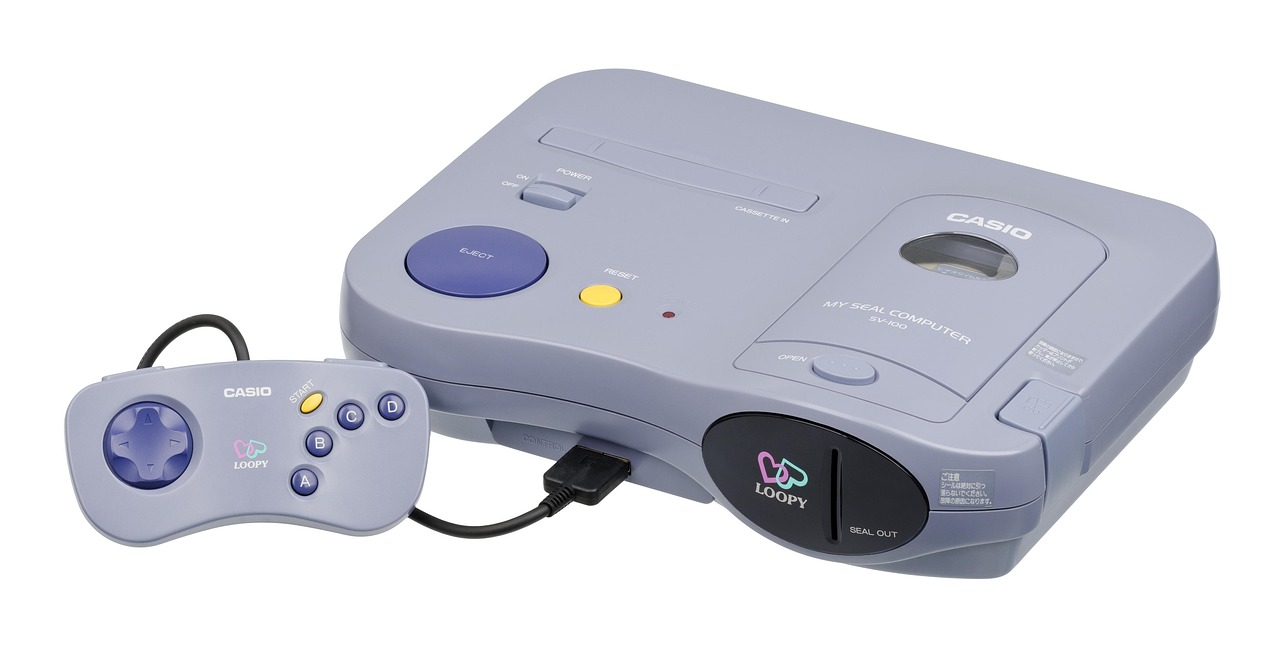Clean cooking is more than just a trend; it’s a conscious choice to fuel your body with wholesome, unprocessed foods. It’s about understanding where your food comes from, how it’s prepared, and the impact it has on your health and the environment. This guide dives deep into the world of clean cooking, providing you with the knowledge and tools to transform your kitchen into a haven for healthy and delicious meals.
Understanding the Core Principles of Clean Cooking
Clean cooking revolves around simplifying your diet by focusing on whole, unprocessed foods. It’s about minimizing additives, artificial ingredients, and excessive processing that can detract from the nutritional value and overall health benefits of food.
Defining “Clean” Food
- Whole, Unprocessed Foods: These are foods in their natural state or as close to it as possible. Think fruits, vegetables, whole grains, legumes, nuts, seeds, and lean proteins.
- Minimal Additives: Clean eating emphasizes avoiding artificial colors, flavors, preservatives, and sweeteners. Read labels carefully to identify and avoid these ingredients.
- Focus on Quality: Opt for organic, locally sourced, and sustainably raised ingredients whenever possible. This not only benefits your health but also supports ethical and environmentally responsible farming practices.
- Home-Prepared Meals: Cooking at home gives you complete control over the ingredients and preparation methods, allowing you to ensure your meals are truly clean.
The Benefits of Embracing Clean Cooking
- Improved Digestion: Reduced intake of processed foods and additives can alleviate digestive issues and promote a healthier gut microbiome.
- Increased Energy Levels: Whole foods provide sustained energy release, avoiding the energy crashes associated with processed and sugary foods.
- Weight Management: Clean eating naturally leads to better portion control and a reduced intake of unhealthy fats and added sugars, aiding in weight management.
- Enhanced Nutrient Intake: By focusing on whole foods, you’re naturally increasing your intake of essential vitamins, minerals, and antioxidants.
- Reduced Risk of Chronic Diseases: A clean diet can lower the risk of heart disease, type 2 diabetes, and certain types of cancer.
- Better Skin Health: Hydration from fruits and vegetables alongside the reduction of processed foods can result in healthier skin.
Stocking Your Clean Cooking Kitchen
A well-stocked kitchen is essential for making clean cooking accessible and enjoyable. Having the right ingredients and tools on hand will empower you to create delicious and healthy meals with ease.
Pantry Essentials
- Whole Grains: Quinoa, brown rice, oats, whole-wheat pasta, barley, and farro are excellent sources of fiber and complex carbohydrates.
- Legumes: Beans, lentils, chickpeas, and peas are packed with protein and fiber, making them a versatile addition to any clean eating diet.
- Nuts and Seeds: Almonds, walnuts, chia seeds, flaxseeds, and pumpkin seeds are rich in healthy fats, protein, and essential nutrients.
- Healthy Oils: Olive oil, avocado oil, and coconut oil are excellent choices for cooking and dressing salads. Opt for extra virgin olive oil for its superior antioxidant content.
- Spices and Herbs: Stock up on a variety of spices and herbs, such as turmeric, ginger, garlic, oregano, basil, and rosemary, to add flavor and depth to your dishes without relying on salt or artificial flavorings.
- Natural Sweeteners: Honey, maple syrup, and dates can be used in moderation as natural alternatives to refined sugar.
Refrigerator Must-Haves
- Fresh Produce: Load up on a variety of fruits and vegetables, including leafy greens, berries, colorful peppers, and root vegetables. Prioritize seasonal produce for the best flavor and nutritional value.
- Lean Proteins: Chicken breast, fish, tofu, and eggs are excellent sources of protein for building and repairing tissues.
- Dairy or Dairy Alternatives: Yogurt (Greek or unsweetened), milk (dairy or plant-based), and cheese (in moderation) can provide calcium and other essential nutrients.
- Fermented Foods: Kimchi, sauerkraut, and kombucha are rich in probiotics, which support gut health.
Kitchen Tools for Clean Cooking
- High-Quality Knives: A sharp set of knives is essential for efficient and safe food preparation.
- Cutting Boards: Use separate cutting boards for raw meats and produce to prevent cross-contamination.
- Blender or Food Processor: Perfect for making smoothies, soups, sauces, and dips.
- Slow Cooker or Instant Pot: Great for preparing healthy and flavorful meals with minimal effort.
- Steamer Basket: A simple and effective way to cook vegetables while preserving their nutrients.
- Glass Storage Containers: Use glass containers to store leftovers and meal prep without exposing your food to harmful chemicals.
Simple Strategies for Clean Cooking
Transitioning to a clean cooking lifestyle doesn’t have to be overwhelming. Start with small, sustainable changes and gradually incorporate more clean eating habits into your routine.
Meal Planning and Preparation
- Plan your meals for the week: This helps you stay organized, avoid impulse purchases, and ensure you have the necessary ingredients on hand.
- Prepare ingredients in advance: Chop vegetables, cook grains, and marinate proteins on the weekend to save time during the week.
- Batch cook meals: Prepare large batches of soups, stews, or casseroles that can be easily reheated for quick and healthy meals.
- Utilize leftovers: Get creative with leftovers by repurposing them into new dishes.
Reading Food Labels Like a Pro
- Focus on the ingredient list: This is where you’ll find hidden sugars, unhealthy fats, and artificial additives.
- Look for short and recognizable ingredient lists: The fewer ingredients, the better.
- Be wary of vague terms: Avoid products that list ingredients like “natural flavors” or “artificial colors.”
- Pay attention to serving sizes and nutritional information: This will help you make informed choices about the nutritional value of the product.
Healthy Cooking Methods
- Steaming: A gentle cooking method that preserves nutrients.
- Baking: A dry heat method that requires minimal oil.
- Grilling: A flavorful way to cook proteins and vegetables.
- Sautéing: Use healthy oils and cook at a moderate temperature to avoid burning.
- Poaching: A gentle method for cooking eggs, fish, and chicken.
Clean Cooking Recipe Examples
Here are a few simple and delicious clean cooking recipes to get you started:
Overnight Oats
- Ingredients: 1/2 cup rolled oats, 1 cup unsweetened almond milk, 1 tablespoon chia seeds, 1/4 teaspoon vanilla extract, and your choice of toppings (berries, nuts, seeds, honey).
- Instructions: Combine all ingredients in a jar or container. Stir well and refrigerate overnight. In the morning, add your favorite toppings and enjoy.
- Why it’s clean: Uses whole grains, healthy fats, and natural sweeteners. Avoids added sugars and processed ingredients.
Quinoa Salad
- Ingredients: 1 cup cooked quinoa, 1 cup chopped cucumber, 1 cup chopped tomatoes, 1/2 cup chopped red onion, 1/4 cup chopped fresh parsley, juice of 1 lemon, 2 tablespoons olive oil, salt, and pepper to taste.
- Instructions: Combine all ingredients in a bowl and toss well. Season with salt and pepper to taste.
- Why it’s clean: Packed with whole grains, fresh vegetables, and healthy fats. Free of processed ingredients and unhealthy additives.
Baked Chicken with Roasted Vegetables
- Ingredients: 4 boneless, skinless chicken breasts, 1 tablespoon olive oil, 1 teaspoon garlic powder, 1 teaspoon paprika, salt, and pepper to taste. 1 cup chopped broccoli, 1 cup chopped carrots, 1 cup chopped sweet potatoes, 1/2 cup chopped Brussels sprouts.
- Instructions: Preheat oven to 400°F (200°C). Toss vegetables with olive oil, salt, and pepper. Spread on a baking sheet. Season chicken breasts with olive oil, garlic powder, paprika, salt, and pepper. Place chicken on the baking sheet with the vegetables. Bake for 25-30 minutes, or until chicken is cooked through and vegetables are tender.
- Why it’s clean: Uses lean protein and fresh vegetables. Avoids processed sauces and breading.
Conclusion
Embracing clean cooking is an investment in your health, well-being, and the environment. By focusing on whole, unprocessed foods, reading labels carefully, and adopting healthy cooking methods, you can create delicious and nourishing meals that support a vibrant and healthy lifestyle. Start small, be patient with yourself, and enjoy the journey of discovering the joy of clean cooking!



